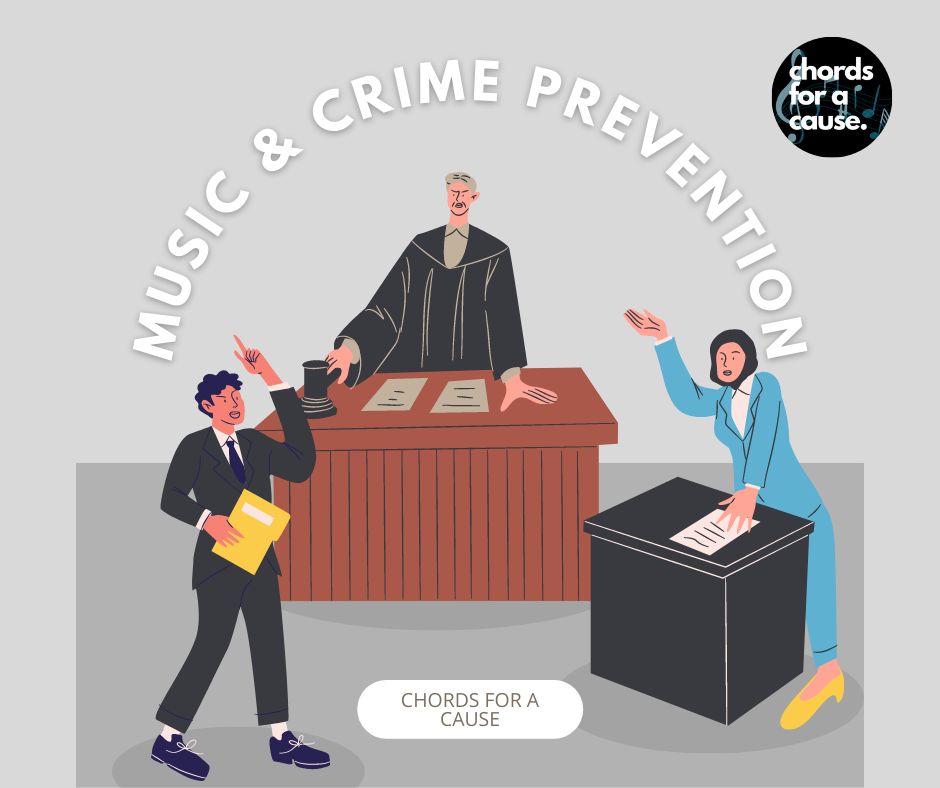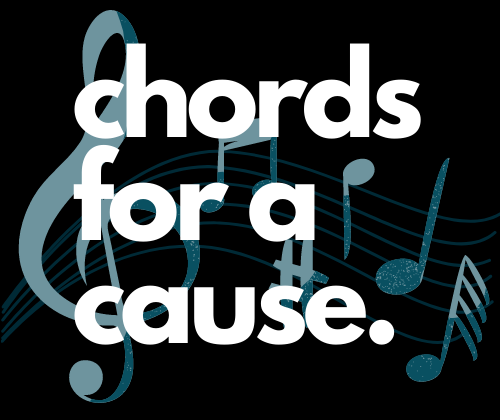Crime Prevention and Music Are More Closely Linked Than You Think

Chew on this – in 1985, a 7-Eleven store began playing music in its parking lot to deter teenagers from loitering and driving away business. The fix seems overly simple, and dare I say, futile; it’s an urban convenience store attempting to drive away one of the two things urban convenience stores are known for: random teenagers and overpriced convenience. What happened next? Their endeavor succeeded and 7-Eleven eventually rolled out this trick to another 150 locations across the United States. But that isn’t even the interesting part of this story. What’s weird is that a trick that began as a quick solution to a convenience story eventually spread to other industries from ranging transit centers to shopping malls with patterns of success that can’t be ignored. Now, only one question remains: why does this work, and why don’t we hear Debussy, Mozart, and Beethoven playing on every street corner?
Despite the extensive amount of research that has been conducted over potentially deterring factors related to music selection, not all solutions can be expected to be as absolute as what 7-Eleven rolled out near the turn of the century. That being said, they present interesting opportunities for public facilities through unusually low-cost methods. Consider the state of the London Tube after their improvements in 2003: vandalism, robberies, and verbal assaults toward staff all decreased significantly after the music-playing measures were implemented. Similar results appeared in the transit center in Washington’s Tacoma Mall during their establishment of classical and country background music in 2008; their annual spending on vandalism repairs and maintenance fell by nearly 50%. In the context of areas with extremely high consumer traffic, these minor differences have the unbridled potential to amount to great differences in customer experience, and ultimately, future business.
In repulsion cases, such as the 7-Eleven Parking Lot studies, it seems the trick’s efficacy boils down to the fact that certain types of music are simply considered distasteful among large portions of certain cohorts. Take, for example, the typical teenager: baroque and romantic selections would likely not resonate as fervently across wider portions of the population as well as modern hits by more recognizable names would. Such decisions often rely on predictions and educated generalizations made through comparisons with the Big-5 Index of core psychological characteristics. One such example (see Dunn, et al.) confirmed the modern assumptions of the perceived distaste toward classical scores, as well as a closely related style: jazz, which often correlated toward more tame aspects of the Big 5 classification.
That being said, there is one factor that we’ve yet to consider, which brings me to the town of Lancaster, California, which began playing soothing music and songbird calls across its main streets in 2012. Despite this somewhat abnormal technique, the results were still just as promising, with a decrease of 6% in major crimes and 15% in minor crimes. This case in particular indicates that the secret may not rely on the tastes of individual cohorts, but rather on the environment that each passer-by is thrust into. Thus, it could be posited that if these areas which are often high-traffic, stress-inducing, and chaos-driven have even a single iota of negativity siphoned out by this style of music, their overall experience will be greatly improved, leading to less stress and anger to lash out at their surroundings. The effects of this phenomenon do, indeed, vary with music preferences, but classical music has been one of the most stable producers of lower physiological arousal in nearly all circumstances, thus greatly increasing its popularity in endeavors such as this.
Finding a balance between these cases of calming and repulsion is, however, extremely difficult. These high-traffic areas that I’ve discussed are significantly dependent on younger age groups, so a paradigm-altering shift toward what other subsects of the population might find to be calming could, in fact, be detrimental to their business and reviews. This struggle, along with a general stigma against classical music, produces the vast majority of the reason why many areas that one may consider to be in need of such a shift are not in possession of one as of yet. But fret not, as these improvements are constantly being made around the globe, and as research and understanding of these effects continue (and as they’re integrated further into our sense of common knowledge), these alterations can and will become more prominent, and with a little luck, they’ll function exactly as intended. Next time you’re out running errands, maybe take those AirPods out and take a listen around – you might find a hidden melody guiding you along!
Further reading:
- https://soundawareness.substack.com/p/use-music-to-reduce-crime-dont-believe – :~:text=Lily%20Hirsch%E2%80%99s%20book%20Music%20in%20American%20Crime%20Prevention,to%20shoo%20off%20teenagers%20from%20their%20parking%20lots.
- https://mlblog.musiclearningworkshop.com/1614/crime-prevention-through-music-education
- https://www.ncpc.org/resources/bullying/strategies/strategy-crime-prevention-through-music/

